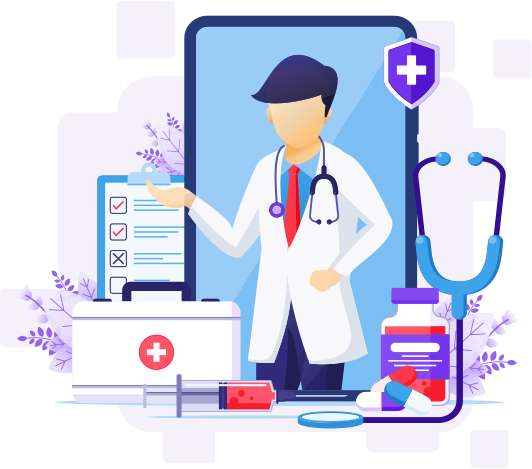Business
6 Must-Have Features of Healthcare Portal

Along with other industries, the healthcare industry is diving into technological advancements using healthcare portal solutions. Portals are the much-talked technology. It helps you, your team, and your patients manage their activities. You can even access various data types such as lab results, family history, summaries, etc.
An ideal portal should provide you with all this data and the other essential features such as secure messaging, appointment scheduling, bill payments, and more. The features increase patient loyalty and help build strong bonds between patients and doctors. So, what are these features that will help you deliver value and add more patients? Let us see!
1. User-Friendly Interface
The clunky user interface makes it difficult for patients to sign-up. And if the self-service portal UI crashes, it can convert the initial excitement to frustration and resignation. This disappointing experience can further frustrate patients. Hence, while considering healthcare portal development, ensure it’s UX optimized. It should be smooth to navigate and have an intuitive design.
A skilled development team can help enhance design and navigation, creating a seamless experience.
2. Responsiveness
People prefer browsing through mobile phones most of the time. And as the website and mobile screen differ, the portal must be device-friendly. Or else, it may be difficult for patients to access the portal.
Hence, the healthcare portal solutions should be responsive. Having an app would be an added advantage. But make sure, whether it’s a website or an app, it’s compatible with every device and fits appropriately.
3. Online Registration
Digital forms simplify the registration process for patients. It allows them to fill in the details and consent form simply and efficiently before their first appointment.
This feature reduces the patient waiting time and enables end-to-end control. It encourages patient communication, reduces the front-desk burden and chances of clinical errors, and delivers a holistic view of patients’ history.
Most of the healthcare portal development teams already provide online registration, but if it’s not readily available, you can expand it with custom integration.
4. API Registration
While most healthcare portals support integration with the EHR system, you can expand it for other third-party integrations and devices such as step counters, sleep trackers, etc.
For example, you can connect the app with wearables. When patients can associate with their smartwatches and other wearables, they can automatically upload and sync the data to get detailed information. Thanks to the real-time information and auto-data sync, healthcare professionals can monitor their patients and make quick clinical decisions.
5. Encrypted Messaging
Data security is crucial for every industry, including healthcare. Customers want their data to be safe. Hence, many patient portal providers such as Nextech, MyChart, or Athena offer secure messaging – an alternative to asynchronous, direct communication. These interactions are beneficial for patients with chronic diseases, mobility issues, and living in remote areas.
Considering the sensitivity of the data that regulatory compliance requirements process on patient portals and HIPAA, it’s essential to have all the patient-doctor communication encrypted.
6. On-Demand Healthcare
On-demand service means fulfilling user demand at their convenience and pace and wherever they want. The healthcare industry is growing, and people are looking for on-demand services. And considering the current pandemic situation, it has become a need of the hour. Virtual consultation, online pharmacies, home deliveries are a few of the on-demand services that patients are looking forward to.
So, while undergoing development, make sure that you provide these features.
Some Insider Tips
While choosing the portal, the first step is to set a budget. Next, compare the screenshots of the products to choose one with a better UI. Make sure the functionality and customer support are impressive. Narrow down the options and lastly, contact the team for product demos. This will help you weigh the pros and cons while choosing the right solution.
-

 Blockchain Technology6 days ago
Blockchain Technology6 days agoBlockchain Beyond Cryptocurrency: 5 Game-Changing Applications You Should Know
-

 Fitness & Wellness5 days ago
Fitness & Wellness5 days agoAre Smartwatches Worth It? The Best Wearable Tech of 2025
-

 Politics6 days ago
Politics6 days agoTrump’s Administration Races Against Time to Prevent Government Shutdown
-

 Government7 days ago
Government7 days agoU.S. Government Intensifies Scrutiny of Social Security Notices Amid Funding Concerns
-

 Stock Market6 days ago
Stock Market6 days agoUS-China Tariff Truce Ignites Stock Market Rally
-

 Stock Market5 days ago
Stock Market5 days agoUS-China Tariff Agreement Fuels Stock Market Rally
-

 Business6 days ago
Business6 days agoChavez-DeRemer Unveils Historic Investments to Empower American Workers
-

 Stock Market4 days ago
Stock Market4 days agoUS-China Tariff Cuts Ignite Stock Market Surge















